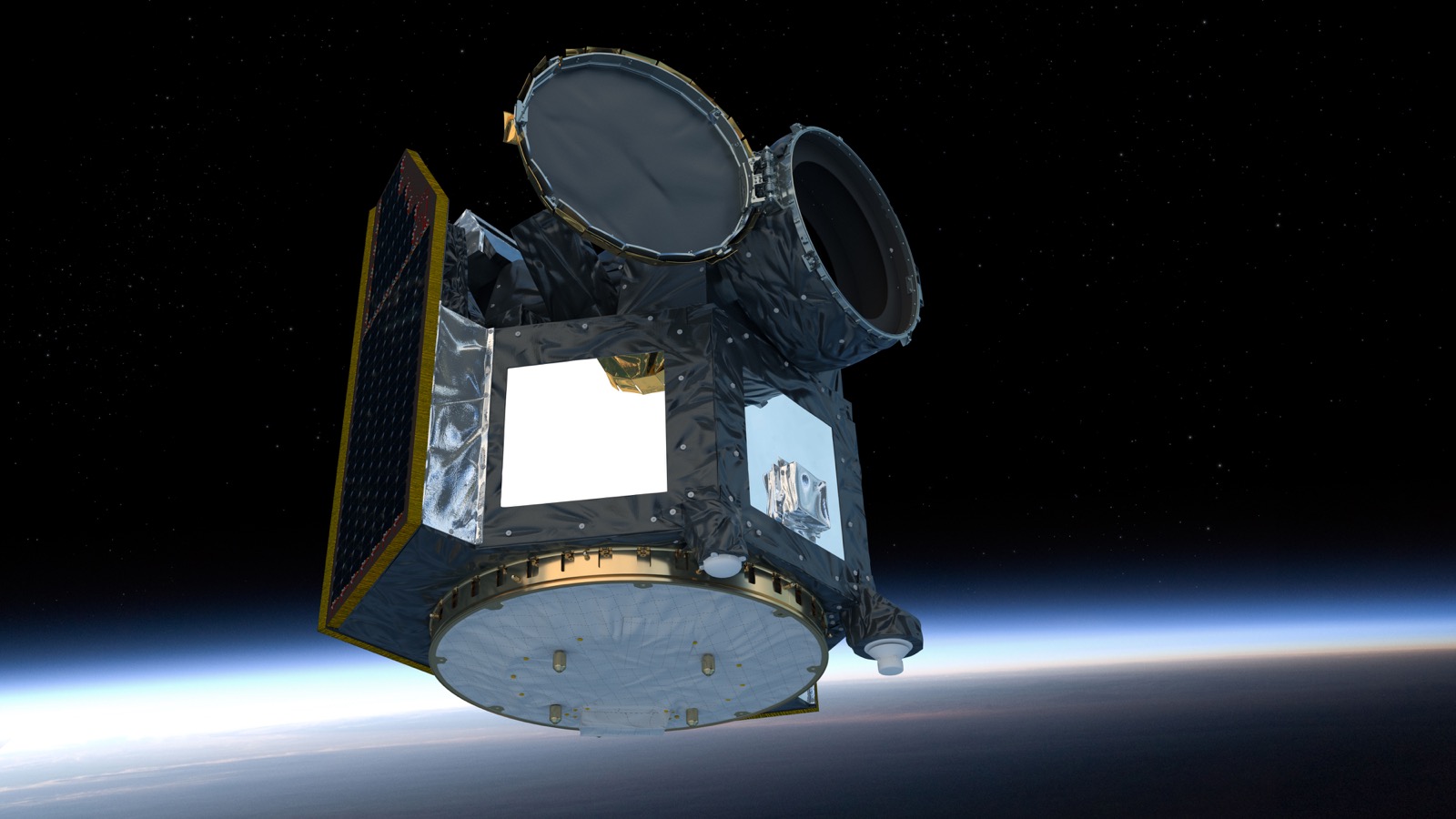
This decade has seen an explosion of research into exoplanets — planets orbiting stars other than our sun — with missions like NASA’s TESS discovering potentially habitable worlds, nearby planets, and a baby gas giant. Now, the European Space Agency (ESA) is beginning its own exoplanet mission with the launch of the Cheops satellite.
The Characterizing Exoplanet Satellite, aka Cheops, is the first ESA mission focused on exoplanets, and it will primarily look for new information about already-discovered planets.
“Cheops will take exoplanet science to a whole new level,” Günther Hasinger, ESA Director of Science, said in a statement. “After the discovery of thousands of planets, the quest can now turn to characterization, investigating the physical and chemical properties of many exoplanets and really getting to know what they are made of and how they formed.”
The satellite launched this week from Europe’s Spaceport in Kourou, French Guiana aboard a Soyuz-Fregat rocket.

By observing planets as they transit across their stars, the satellite can see how much light from the star they block, which helps researchers measure their size. Armed with this information and data on the mass of the planets, the researchers can estimate the planets’ density, which tells them whether the planet is gaseous like Jupiter or rocky like Earth. The mission could also reveal moons or rings around some planets, and could detect information about the atmospheres of others.
“We are very excited to see the satellite blast off into space,” Kate Isaak, ESA Cheops project scientist, said in the same statement. “There are so many interesting exoplanets and we will be following up on several hundred of them, focusing in particular on the smaller planets in the size range between Earth and Neptune. They seem to be the commonly found planets in our Milky Way galaxy, yet we do not know much about them.
“Cheops will help us reveal the mysteries of these fascinating worlds, and take us one step closer to answering one of the most profound questions we humans ponder: Are we alone in the Universe?”



